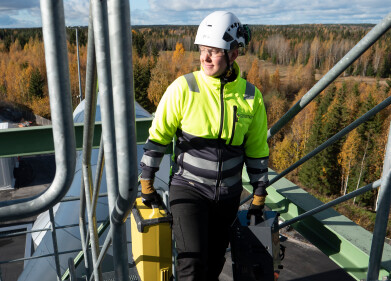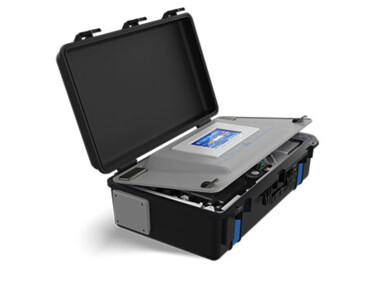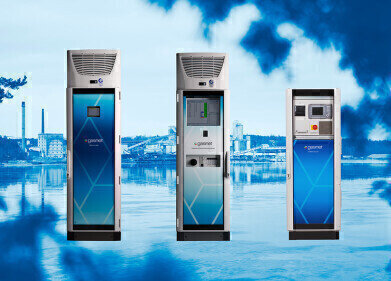Stack monitoring
Mass Spectrometer for Flare Gas Combustion Monitoring
May 11 2017
New rules for flare stack combustion from the US Environmental Protection Agency (EPA) set to take effect in early 2019 include additional monitoring and analysis requirements that make it necessary for refinery operators to quickly and accurately determine the heat values of flare stack gases.
Determining the heating values of vent gas is important because sufficient combustible material must be continuously present to achieve high combustion efficiencies. To assist refiners in making that determination, AMETEK Process Instruments has developed the Dycor FlarePro quadrupole process mass spectrometer.
The FlarePro provides fast and accurate BTU content measurement, even when confronted with widely changing flare gas streams. Field testing has shown that the FlarePro mass spectrometer offers more detailed and relevant data faster than gas chromatography and provides BTU numbers that are equivalent to those provided by a calorimeter, but with greater specificity.
Many refiners already have gas chromatographs equipped to their gas flares, but they are slow with long cycle times that make them unsuitable for real-time control of vent gases. Calorimeters are widely used by refiners to determine the BTU value of fuel gas, but their effectiveness is limited when hydrogen and sulfur are present in the gas stream, which typically occurs with refinery flare gas.
The FlarePro helps prevent smoking flares from occurring by allowing refiners to determine the smoke index of a gas stream by identifying such components as paraffin, olefins, diolefins and aromatics, a measurement capability that calorimeters lack.
The FlarePro mass spectrometer was designed specifically for this application. The unit is able to monitor and quantity 16 components in flare gas streams, including H2, N2, methane, ethane, propane, n-butane, i-butane and pentanes among others.
The FlarePro uses ASTM method D 2650-04 (Standard Test Method for Chemical Composition of Gases by Mass Spectrometry) to calculate the concentrations of individual gas components. The resulting data is then converted into the flare gas heat value as described in ASTM D3588-98 (Standard Practice for Calculating Heat Value, Compressibility Factor and Relative Density of Gaseous Fuels).
The FlarePro’s stainless-steel enclosure has a 24-inch footprint that fits into the same space as a gas chromatograph. Its proprietary software provides for easy set-up, operation and calibration, combined with advanced alarm and automation capabilities. It’s modular design and self-diagnostic capabilities helps ensure ease of maintenance.
Digital Edition
IET 35.2 March
April 2025
Air Monitoring - Probe Sampling in Hazardous Areas Under Extreme Conditions - New, Game-Changing Sensor for Methane Emissions - Blue Sky Thinking: a 50-year Retrospective on Technological Prog...
View all digital editions
Events
Apr 29 2025 Edmonton, AB, Canada
Apr 30 2025 Ankara, Turkey
May 06 2025 Nuremberg, Germany
May 10 2025 Karachi, Pakistan
May 11 2025 Vienna, Austria








_(4427399123)-(2).jpg)










